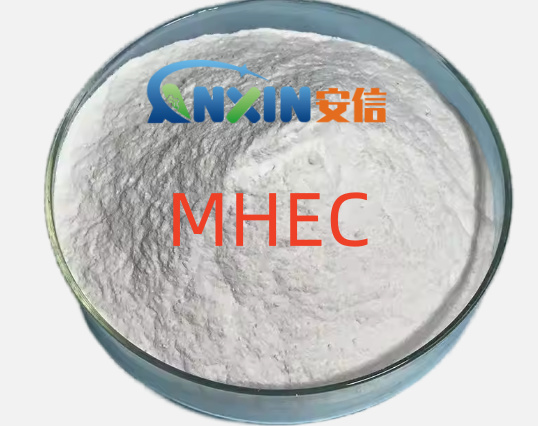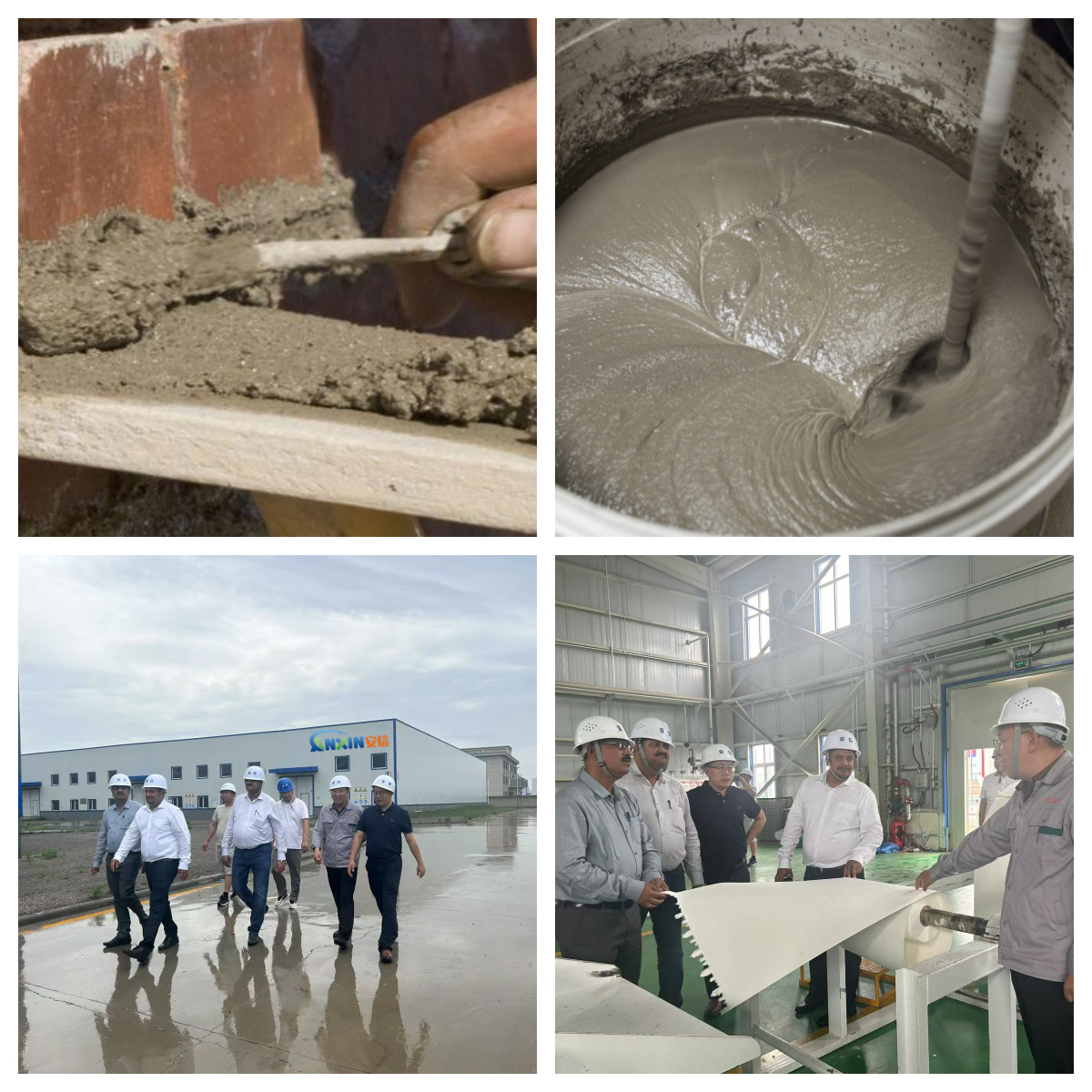Methyl hydroxyethyl cellulose (MHEC) is a non-ionic cellulose ether derivative with excellent thickening, water retention, film-forming and workability. It plays an extremely important role in modern building dry-mixed mortar systems. It is widely used in a variety of products such as masonry mortar, plaster mortar, tile adhesive, cement self-leveling and thermal insulation mortar, which can significantly improve the performance of mortar and improve construction quality and efficiency.

1. Improve the water retention of mortar
One of the most prominent functions of MHEC is its excellent water retention performance. During the mortar construction process, cementitious materials such as cement or gypsum require sufficient water support in the hardening reaction, while the base layer often has strong water absorption, which will quickly absorb the water in the mortar, resulting in early water loss in the mortar and affecting the full progress of the hydration reaction. MHEC forms a uniformly distributed three-dimensional mesh structure in the mortar, firmly locks in moisture, prevents moisture from being absorbed by the base layer or air, and thus maintains the workability of the mortar for a long time. This water retention effect is essential for extending the construction time, improving strength development and preventing cracking.
2. Improve construction performance and operating feel
MHEC, as an effective thickener, can significantly improve the consistency and thixotropic properties of mortar, making the mortar have good construction performance. During the construction process such as plastering and paving, the mortar containing MHEC has a smooth surface, is easy to spread, does not stick to the knife, and has good anti-sagging properties. Especially when constructing on vertical surfaces, the mortar is not easy to slide down, which is convenient for controlling the coating thickness and improving construction efficiency. In addition, the lubricating properties of MHEC enhance the workability of the mortar, reduce the physical exertion of construction workers, and improve the construction comfort.
3. Enhanced bonding
Although MHEC itself is not an adhesive, it helps cement or other bonding materials to more fully combine with the base by improving the wettability of the mortar and extending the open time, thereby indirectly improving the bonding strength of the mortar with the base, bricks, tiles and other materials. Especially in tile adhesives and interface agents, MHEC can form a uniform and continuous adhesive film, allowing the material to adhere more firmly to the base, improving the bonding performance and stability of the overall system.
4. Regulate the setting and hardening time of mortar
MHEC can delay the hydration process of cement or gypsum in mortar, thereby extending the setting time of mortar. This is very beneficial for construction in high temperature or dry environment, and can prevent construction problems caused by too fast setting, such as surface cracking and weak bonding. By reasonably adjusting the amount of MHEC added, the operable time of mortar can be accurately controlled to meet the construction requirements of different processes.
5. Improve the crack resistance and durability of mortar
Since MHEC improves the water retention and flexibility of mortar, reduces shrinkage and early water loss, it can effectively inhibit the occurrence of shrinkage cracks and improve the crack resistance and durability of mortar during long-term use. In exterior wall insulation systems or earthquake-resistant buildings, this performance is particularly important and contributes to the stability and life of the structure.
6. Strong compatibility with mortar system
MHEC, as a non-ionic polymer, has good compatibility with a variety of cementitious materials such as cement, lime, gypsum, and other additives (such as redispersible latex powder, water reducer, antifreeze agent, etc.). This allows it to be flexibly applied to various functional mortar systems, is not prone to chemical reactions or performance conflicts, and provides a higher degree of freedom for dry-mixed mortar formulations.
7. Adaptability and environmental stability
MHEC has strong adaptability to pH and temperature, good stability in acidic, neutral or weakly alkaline environments, and can maintain good consistency and water retention even in high-temperature construction environments. This characteristic allows it to be widely used in mortar systems in various climate zones, especially in summer construction.
Methyl hydroxyethyl cellulose (MHEC) plays a multi-faceted modification role in mortar. It provides a more reliable, efficient and controllable solution for construction by improving water retention, improving workability, enhancing adhesion, adjusting setting time and improving crack resistance and durability. With the rapid development of green building materials and premixed mortars, the role of MHEC will become more and more prominent, becoming an indispensable and important auxiliary agent in high-performance mortar formulations.
Post time: Jun-21-2025
